 {{ - - - - - - - - - -
Pamela J. Boal, Wantage, Oxon, United Kingdom {{ - - - - - - - - - -
Brad Foster, Irving, Texas{{ - - - - - - - - - -
William Breiding, Tucson, Arizona {{ 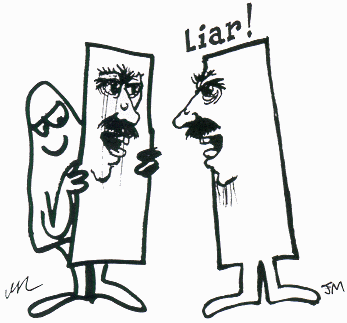 - - - - - - - - - -
Robert Lichtman, Glen Ellen, California {{  {{ "Please point out that the article stated it never meant to be all-encompassing, but simply listed what was in my collection! Norman's book is unsold and doesn't count, and Rocket to the Morgue is filled with Tuckerized pros, not fen." }} {{ - - - - - - - - - -
Martin Morse Wooster, Silver Spring, Maryland {{ 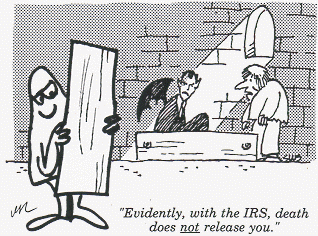 - - - - - - - - - -
Robert Coulson, Hartford City, Indiana 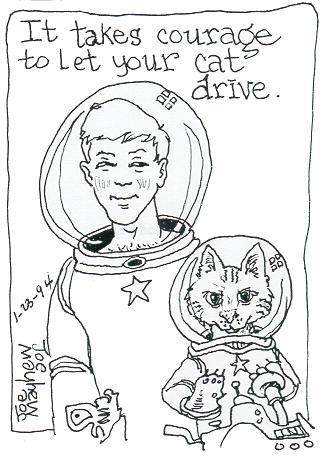 - - - - - - - - - -
Evelyn Leeper, Matawan, New Jersey {{  - - - - - - - - - -
Mike Glicksohn, Toronto, Ontario, Canada - - - - - - - - - -
Robert Whitaker Sirignano, Wilmington, Delaware 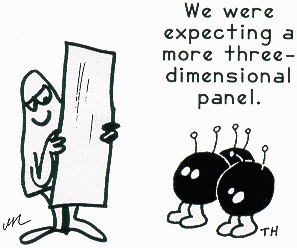 - - - - - - - - - -
Gene Stewart, APO AE {{ - - - - - - - - - -
Ed Meskys, Center Harbor, New Hampshire {{ 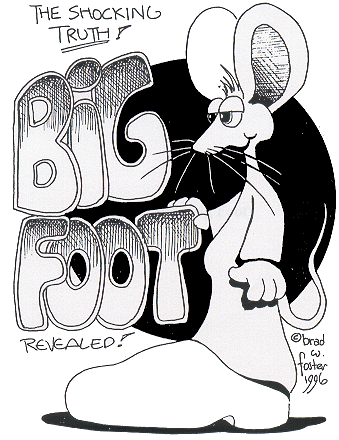 - - - - - - - - - -
Ron Bennett, North Yorkshire, United Kingdom  - - - - - - - - - -
Teddy Harvia, Hurst, Texas - - - - - - - - - -
Rodney Leighton, Tatamagouche, Nova Scotia, Canada {{ - - - - - - - - - -
We Also Heard From: John Boston, Michael A. Burstein, Jack Chalker, Chester Cuthbert, Richard Dengrove, Howard DeVore, Ahrvid Engholm, Richard Geis, Steve Green, Dean Grennell, Kim Huett, Ben Indick, Joyce Katz, Robert Kennedy, R'ykandar Korra'ti, Ken Lake, Cato Lindberg, Heidi Lyshol, Steve Michaluk, Franz H. Miklis, Catherine Mintz, Yuri A. Mironets, Murray Moore, Joseph Nicholas, Elizabeth Osborne, Lloyd Penney, Bob Perlongo, Robert Peterson, Derek Pickles, Thomas Recktenwald, Mike Resnick, Yvonne Rousseau, David Rowe, Anthony Shepherd, Fred Smith, Steve Sneyd, Mae Strelkov, Alan J. Sullivan, David Truesdale, Roger Waddington, Michael Waite, Taral Wayne, Henry Welch, Malgorzata Wilk, Walter Willis, and Taras Wolansky. Thanks to one and all!  Title illustration by Sheryl Birkhead & William Rotsler Other illustrations by Joe Mayhew, Brad Foster, William Rotsler, Mayhew & Rotsler, Gilliland & Rotsler, Stiles & Rotsler, Foster & Rotsler, and Harvia & Rotsler |


|